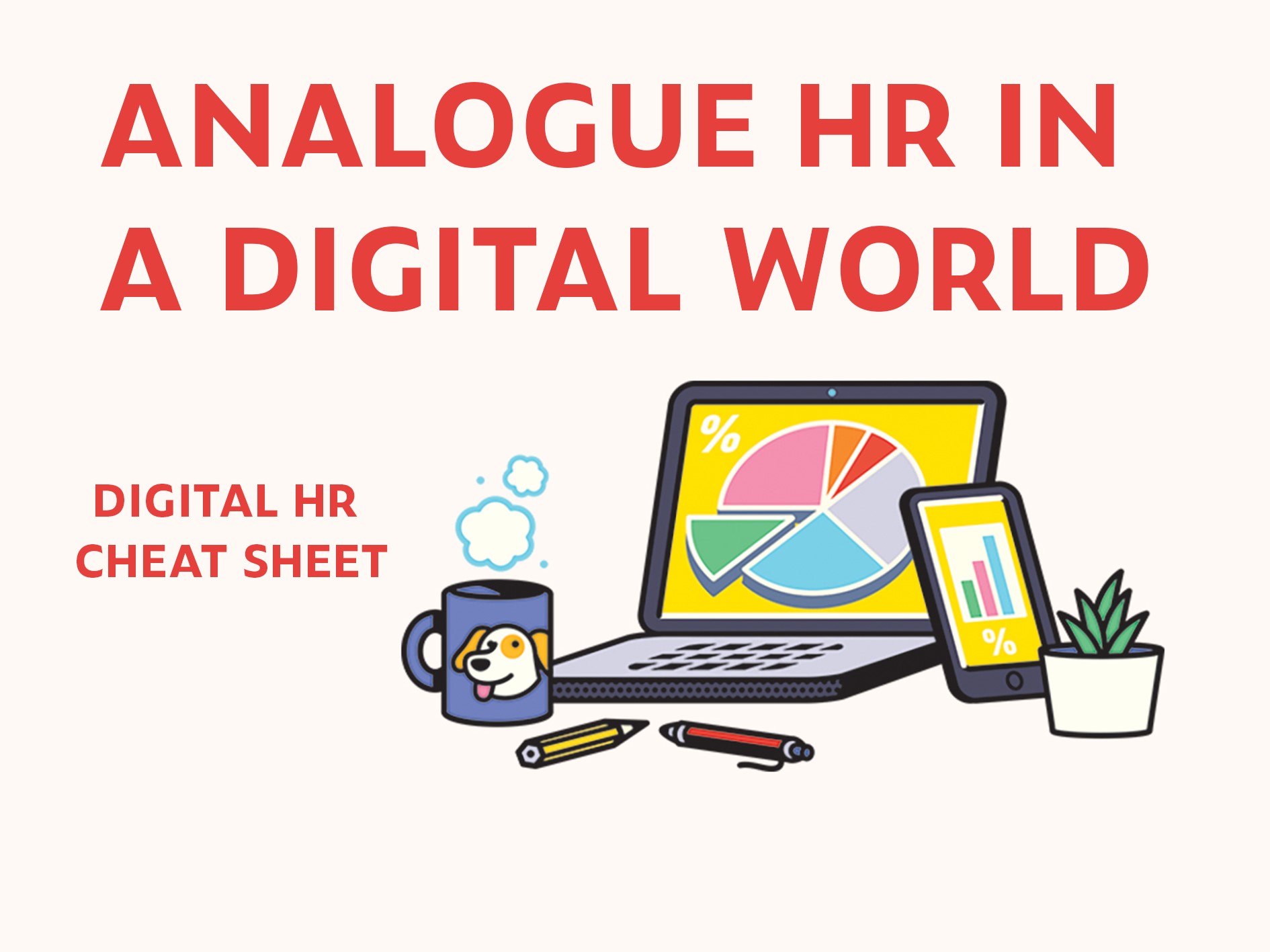Disorganised files, multiple systems, different catalogues, and even printed documents are the library contents for many companies that have gone through significant growth over the years.
Naturally, all businesses aim to increase revenue and create a recognisable brand. However, developing HR in tandem with the company’s evolution is often overlooked. This is how many businesses find themselves on the brink of disaster.
Losing sight of employees and employee data results in high attrition and low employee satisfaction — an inevitable phenomenon when companies spend less time on HR-related matters such as employee well-being, causing people to be stressed out and dissatisfied.
Unfortunately, most businesses focus on growth, creating a vicious cycle — leaving an expanding workforce unattended and burdening HR staff with a more manual workload. Growth rate increases as the workforce expands, leaving HR staff with more and more to do. This includes salary reviews, documenting company-wide appraisal rounds (if they are done), and updating employee data.
On top of all that, ensuring GDPR compliance can be a nightmare. HR teams are expected to have an in-depth understanding of data protection law and its application to their company’s specific situation.
With all these new challenges, HR professionals are feeling the pressure more than ever before. This is where digital human resource management can help. Automating HR, especially when data is all over the place, can take a load off their minds, allowing them to focus on more strategic tasks. This cheat sheet outlines how HR digitisation can help!







